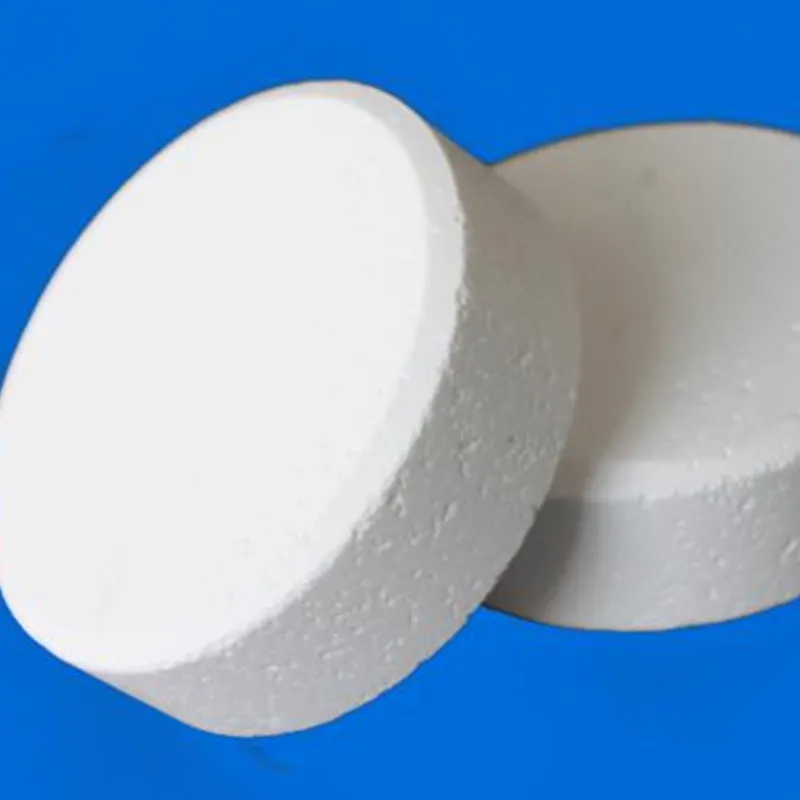
formaldehyde and formic acid
Formaldehyde and formic acid, though distinct in their chemical structures and properties, are interrelated compounds that play significant roles in various industrial applications and biological processes. Understanding their characteristics and functionalities can shed light on their importance in chemistry and environmental science.
Formaldehyde, a simple aldehyde with the formula CH₂O, is a colorless gas with a pungent odor. It is commonly used as a preservative in laboratories and as a disinfectant. In the production of resins, such as urea-formaldehyde and phenol-formaldehyde, formaldehyde serves as a key building block. These resins are widely utilized in the manufacturing of plywood, particleboard, and other composite materials. Despite its utility, formaldehyde is known to be a potential health hazard; it can cause respiratory issues and is classified as a probable human carcinogen, prompting regulatory efforts to limit exposure in residential and occupational settings.
On the other hand, formic acid, or methanoic acid (HCOOH), is the simplest carboxylic acid. It occurs naturally in the venom of ants and bees and is also present in certain plants. Formic acid is utilized in agriculture as a feed additive and as a preservative for silage. Its role as a reducing agent in various chemical reactions further underscores its industrial importance. Additionally, formic acid is involved in the synthesis of several organic compounds and serves as a potential fuel cell component due to its ability to release hydrogen upon decomposition.
formaldehyde and formic acid

The relationship between these two compounds is particularly evident in biochemical contexts. For instance, in some biological pathways, formaldehyde can be produced from the breakdown of methanol, which, when oxidized, can lead to formic acid. This transformation highlights their interconnectedness in metabolic processes and environmental cycles.
Both formaldehyde and formic acid raise environmental concerns as well. Formaldehyde emissions from industrial processes and household products contribute to air pollution, while formic acid can play a role in ecosystem dynamics. Understanding the balance and interactions between these compounds is crucial for developing effective environmental protection strategies.
In summary, formaldehyde and formic acid are significant not only for their industrial applications but also for their roles in health and environment. Awareness of their properties, uses, and potential hazards is essential for responsible management and innovative applications in chemistry and beyond.
-
Understanding Synthetic Rubber OptionsNewsApr.27,2025
-
Trichloroisocyanuric Acid: Essential for Clean and Safe WaterNewsApr.27,2025
-
Sodium Dichloroisocyanurate: Key to Safe Water TreatmentNewsApr.27,2025
-
Sodium Acid Pyrophosphate: Essential in Modern Food ProcessingNewsApr.27,2025
-
Essential Water Treatment ChemicalsNewsApr.27,2025
-
Denatured Alcohol and Its Industrial UsesNewsApr.27,2025
-
The Versatile Uses of Sodium BicarbonateNewsApr.24,2025
Hebei Tenger Chemical Technology Co., Ltd. focuses on the chemical industry and is committed to the export service of chemical raw materials.
-

view more DiethanolisopropanolamineIn the ever-growing field of chemical solutions, diethanolisopropanolamine (DEIPA) stands out as a versatile and important compound. Due to its unique chemical structure and properties, DEIPA is of interest to various industries including construction, personal care, and agriculture. -

view more TriisopropanolamineTriisopropanolamine (TIPA) alkanol amine substance, is a kind of alcohol amine compound with amino and alcohol hydroxyl, and because of its molecules contains both amino and hydroxyl. -

view more Tetramethyl Thiuram DisulfideTetramethyl thiuram disulfide, also known as TMTD, is a white to light-yellow powder with a distinct sulfur-like odor. It is soluble in organic solvents such as benzene, acetone, and ethyl acetate, making it highly versatile for use in different formulations. TMTD is known for its excellent vulcanization acceleration properties, which makes it a key ingredient in the production of rubber products. Additionally, it acts as an effective fungicide and bactericide, making it valuable in agricultural applications. Its high purity and stability ensure consistent performance, making it a preferred choice for manufacturers across various industries.











